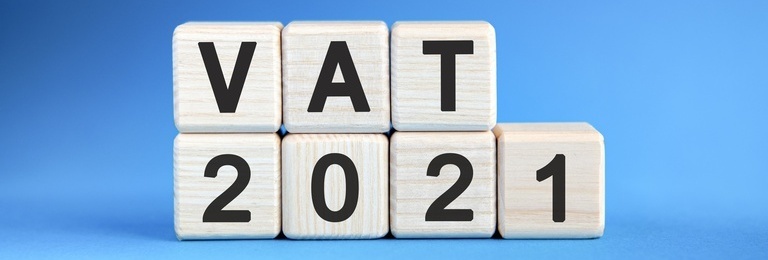Flat Rate Scheme
Posted on 11th July 2021 at 18:33
The Flat Rate Scheme was introduced in 2002 to simplify the process of VAT reporting for small businesses. Under this scheme a business can apply a fixed, flat-rate percentage to their gross turnover in order to determine the VAT amount due to HMRC. However, despite the intention to simplify VAT accounting, the Flat Rate Scheme is still causing confusion for businesses.
We have highlighted the main areas of importance in this blog article.
1) From 1 April 2017 measures were introduced by the government to ‘tackle’ aggressive abuse of the Flat Rate Scheme. As a result a new 16.5% VAT flat rate was introduced applied to businesses in any sector with limited costs. This means that service providers with low purchases of goods have since been classified as Limited Cost Traders with flat rate VAT of 16.5% which overrides the industry rates (for example Computer and IT sector rate was 14.5%).
2) You’re classed as a ‘limited cost business’ if your goods cost less than either:
• 2% of your turnover
• £1,000 a year (if your costs are more than 2%)
This means you pay a higher rate of 16.5%.
3) You get a 1% discount if you’re in your first year as a VAT-registered business. Therefore, in the first year from VAT registration the Limited Cost Trader VAT rate is 15.5%.
4) You cannot reclaim the VAT on purchases when using the Flat Rate Scheme except for:
a) VAT you have been charged on a single purchase of capital expenditure goods where the amount of the purchase, including VAT, is £2,000 or more.
Examples of a single purchase are:
• a computer package (computer, printer, camera, scanner, speakers, and so on) bought as 1 package is 1 purchase of capital expenditure goods – if the package costs £2,000 or more (including VAT) then input tax can be claimed
• items of kitchen equipment (a pizza oven, a fridge and a dishwasher) bought for a restaurant – if all the items are from 1 supplier at 1 time, then they count as 1 purchase of capital expenditure goods – if they are from 3 different suppliers or at 3 different times then they will be 3 purchases and each must be £2,000 or more (including VAT) to qualify for a reclaim of VAT.
b) VAT on pre-registration expenses:
A Flat Rate Scheme business can claim input tax on pre-registration expenses on its first return, subject to the usual rules:
• Goods must have been bought within the 4-year window before registration, used by the business during that time and are still owned on its first day of registration.
• The purchase window for services is restricted to 6 months before the registration date.
*In order to reclaim VAT – valid UK VAT invoices must be retained addressed to the business name unless purchases were made for the business by the director before the company was set up.
5. Joining the scheme:
• You can join the scheme online when you register for VAT.
• You can join the Flat Rate Scheme if you expect your VAT taxable turnover to be £150,000 or less (excluding VAT) in the next 12 months.
• You cannot use the scheme if you left the scheme in the last 12 months.
6. Leaving the scheme
You must leave the scheme if:
• on the anniversary of joining, your turnover in the last 12 months was more than £230,000 (including VAT) - or you expect it to be in the next 12 months
• you expect your total income in the next 30 days alone to be more than £230,000 (including VAT)
7. Flat Rate Scheme Saving:
a) In the first year of VAT registration as a Limited Cost Trader operating under 15.5% rate, your Flat Rate Surplus will be £14 for every £1,000 net invoiced sales. The Flat Rate Surplus is subject to corporation tax.
b) In the second year of VAT registration, the rate will increase to 16.5% after the removal of 1% discount, so the Flat Rate Surplus will reduce to just £2 for every £1,000 net invoiced at which point leaving the scheme can be considered. If the business leaves the Flat Rate Scheme then the VAT will be operated under the Standard Scheme so the VAT collected from clients at 20% will be due to HMRC after deduction of VAT on purchases supported with valid VAT invoices to allow reclaiming the VAT back.
Joining the Flat Rate Scheme can be beneficial for business with UK based clients in their first year of VAT registration. However, if your business invoices clients outside of the UK, the supply of services to these clients will be outside the scope of UK VAT so the Standard Scheme will be more beneficial where VAT on UK purchases can be reclaimed if that the type of service provided is qualifying as a taxable supply (i.e not exempt service).
For help and advice on whether the Flat Rate Scheme is suitable for your business please get in touch with your usual Chart Accountancy contact or email: [email protected]

Tagged as: Flat Rate Scheme
Share this post:



